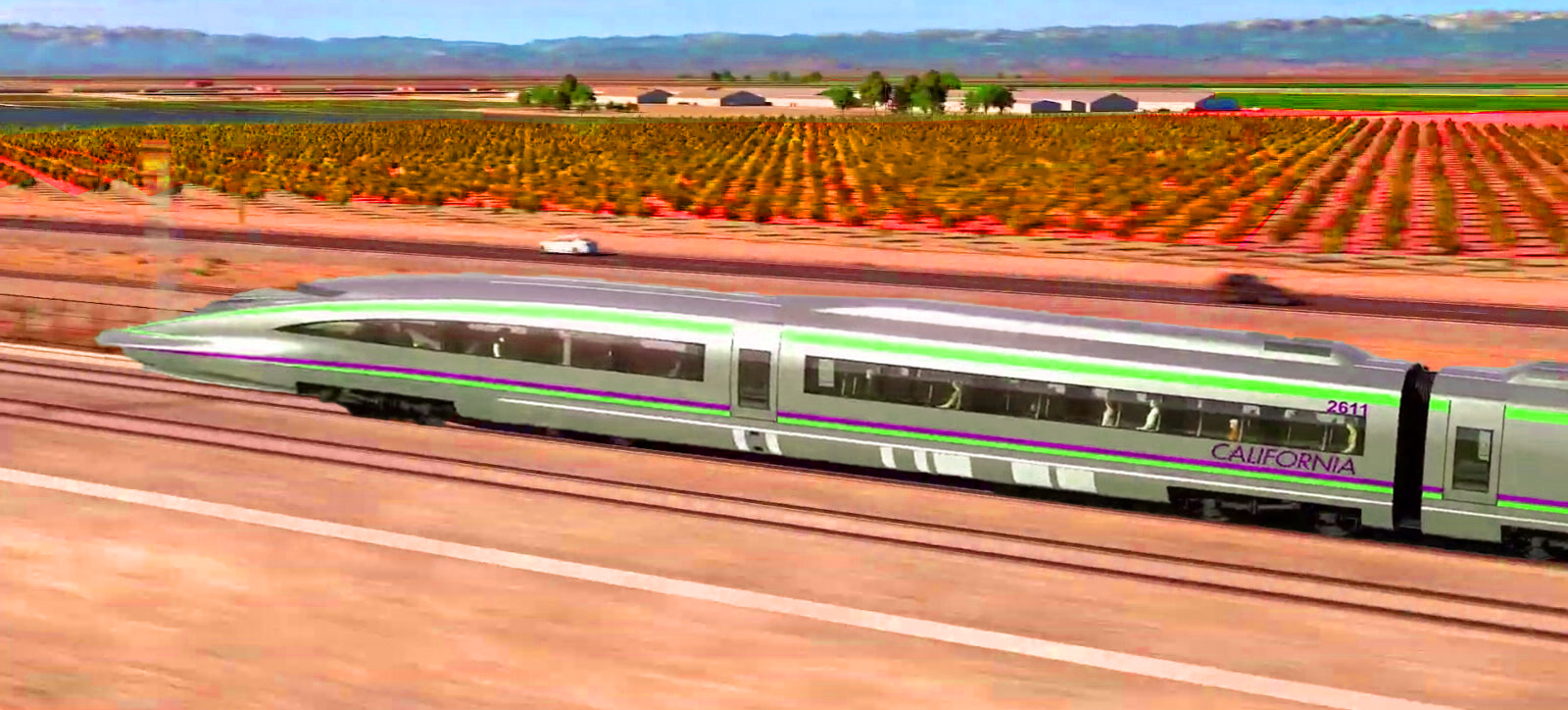This has been a brutal summer for hot weather with large swaths of the United States suffering through record triple-digit temperatures. Cases and deaths from heat stroke and exposure have surged.
We know that human-caused climate change is the main driver of the Earth’s ever-higher surface temperatures, but we often overlook the role played by our car-centric transportation system in directly raising surface temperatures. The paving of America to accommodate a steadily increasing number of vehicles has meant that roads and parking lots covered with heat-absorbing asphalt and filled with cars have created so-called “urban heat islands” which according to the National Integrated Heat Health Information System (www.heat.gov) often have temperatures 15 to 20 degrees above those in surrounding rural areas.
Those who can’t afford personal vehicles suffer the most, because they depend on public transit, walk long distances to bus stops and frequently wait in the hot sun for their ride.
Rising temperatures caused by coating more of the nation’s roads with asphalt are an important reason why the U.S. must act now to build a nationwide electric high-speed rail network that will form the backbone of an integrated electricity-based transportation system. We must focus annual federal and state transportation funding on developing high-speed rail as well as local light rail systems in America’s metro areas.
Electric vehicles and greater fuel economy are part of the solution but, as a new U.S. Department of Transportation report argues, their impact will be more than offset by the fact that total vehicle miles traveled will continue to rise. Without strong action to take more cars off the road, transportation emissions will actually grow by 23% by 2050, according to the report.
High-speed rail creates a green alternative to endless highway expansion. Shifting our national focus to rail and walkable communities creates new options for living — enabling people the choice of getting around by train, bicycles, scooters, and walking. Together, they greatly reduce the need for pavement, as well as for fossil fuels. And this is in addition to the well-established benefits of high-speed rail, from connecting rural and urban areas, to lowering housing costs to generating good union jobs.
Momentum is building for high-speed rail in America. Late last year, President Biden awarded $6.1 billion in high-speed rail project grants, the largest investment ever. This included $3 billion for the Brightline West project, which will connect Las Vegas and Southern California with America’s first operating high-speed rail line in time for the 2028 Los Angeles Summer Olympics.
It also included $3.1 billion to help complete the first 171-mile segment of California’s high-speed rail project linking Los Angeles to San Francisco, which will be the world’s first solar-powered bullet train.
The Biden Administration also provided funding for planning in high-speed rail corridors across the country, including Atlanta to Charlotte; Fort Worth to Houston; Palmdale to Victorville, Calif.; and Portland to Vancouver through Seattle.
To advance this cause, the U.S. High Speed Rail Association has created a roadmap for rail advocates, a real-world guide on how to launch a new high-speed rail project. It is a first-of-its-kind action plan that equips local leaders and stakeholders with practical advice, realistic expectations and strategic support to build high-speed train projects in their regions. A goal is to demystify the process, cut through complexities and create a grass roots movement. The roadmap includes manageable tasks and ways to track progress that will lead to achievable goals.
“High-Speed Rail Project Initiation: A Roadmap for Advocates” focuses on five key action areas: organization, technical planning, strategic engagement, project funding, and communications. The report makes the case that long-term, strategic advocacy campaigns are required to get new projects off the ground, which means advocates must be fully aware of potential pitfalls as well as likely sources of support and opposition.
America needs a high-speed rail roadmap. A recent poll conducted for the Coalition by Public Policy Polling found that 72 percent of U.S. registered voters support the creation of a nationwide high-speed-rail network.
Rather than rely solely on technical experts, the guide aims to equip local leaders with the tools they need to take the lead in bringing high-speed rail to their communities.
Americans want high-speed rail and the growing threat of global warming requires that we act now. Marshaling federal, regional and local resources, and guided by a clear roadmap for implementation, will help make nationwide high-speed rail a reality.






